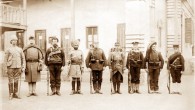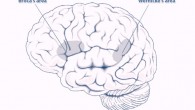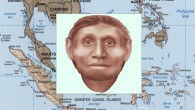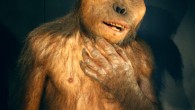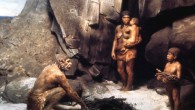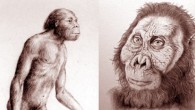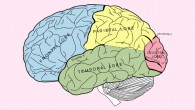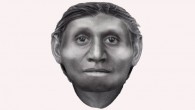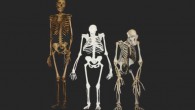Anthropologist Prof Dean Snow from Pennsylvania State University analyzing ochre-stenciled handprints in Paleolithic caves in France and Spain has determined that about 75 percent of the handprints were left by women. Handprints at the El Castillo cave, Spain. Image credit: University of Cantabria. The assumption has been that handprints, whether stencils – paint blown around the hand – or actual paint-dipped prints, were produced by men...


